Posted on 12/21/2021
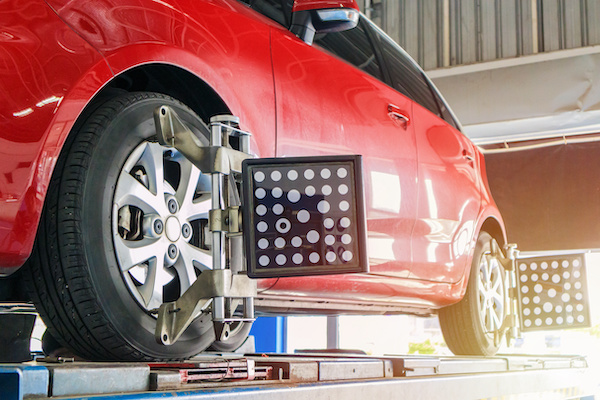
A proper wheel/tire alignment is essential when it comes to safe vehicle handling. All of your wheels need to be correctly pointing at the same, precise angles in order to drive straight. Operating a vehicle with poor alignment makes for an unsafe ride; since your wheels are not straight, you may experience difficulty steering and maneuvering your vehicle. Furthermore, it can cause your tires to wear down a lot faster. All of these are why you should have an alignment issue taken care of as soon as possible. Having wheel alignments every now and then will keep your tires in great condition, saving you money on tires throughout the years. With even tires, you'll also attain higher fuel efficiency. Lastly, you can protect your vehicle's suspension components from unanticipated repairs with regular wheel alignments. Misalignment can be driven by various things, including: Driving over potholes Speeding over speed bumps Ramming against curbs or hitting road ... read more
Posted on 11/24/2021
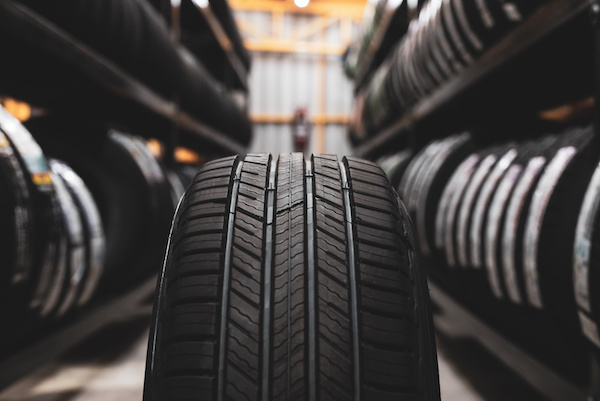
It's no mystery that driving a vehicle with worn-out tires is extremely dangerous for you and others. And the hazards are even more amplified in wet weather conditions. Regardless of the road surface, driving with bad tires can cause the tires to split or thin out and burst at high speeds. When tires wear thin, they will not be able to grip the road correctly since the ridges have worn down. If it's worse enough, you can lose all control of the vehicle and cause an accident. Thus, examining tire depth or tire tread is super essential for vehicle owners. If you want to safely get from point a to point b, please understand what tire tread is and how to measure it. The depth of the tire is called tread, and having enough tread will allow you to brake properly in any conditions, dry, rain, or now. Your tires must have adequate tread to attain proper contact and friction on the road. It is vital to know what the standard is for tire tread depth in your cou ... read more
Posted on 10/20/2021
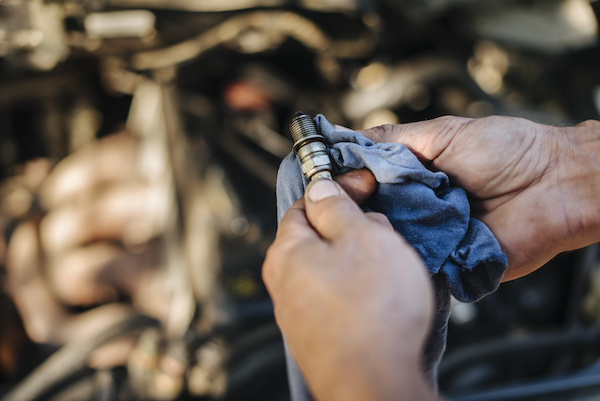
Like many other vehicle parts, spark plugs eventually need restoring. The electrodes on each spark plug gradually wear down until they can’t produce the spark necessary to start your engine. While spark plug wear and tear is expected and anticipated with a correctly maintained engine, other factors such as engine overheating, dirty engine oil, and carbon buildup can cause spark plugs to wear prematurely. The interval for which you replace spark plugs can vary depending on which kind is used. It can range anywhere between 30,000 to 100,000 miles. It would be best if you always referred to your owner's manual for model-specific guidance. If you're uncertain when you last replaced your spark plugs, it's okay. Your vehicle will display these common signs of worn-out spark plugs: Poor Fuel Economy Engine Misfiring Rough Idling and Vibrations Rattling Noises Slow or Sluggish Acceleration Trouble Starting Car Check Engine Light On If you experience one or more of the ... read more
Posted on 9/21/2021
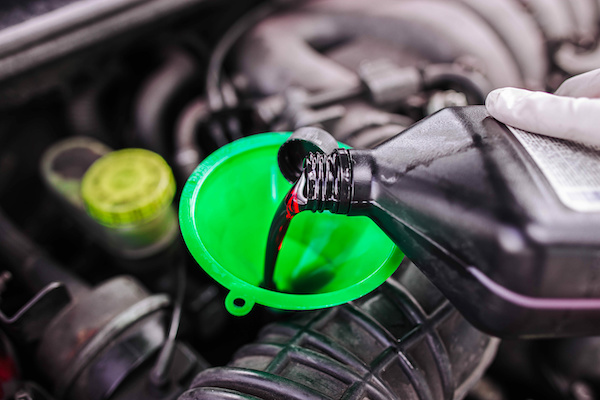
Your transmission is accountable for carrying the power generated by the engine to the car's wheels. Similar to motor oil for your motor, transmission liquid is utilized to keep the transmission system components cool and lubricated so that parts don't interfere with one another and cause internal damage. Without a sufficient amount of transmission fluid, you could experience complete failure of the transmission. Transmission fluid is a pinky-red solution that flows through a passage from the impeller to the turbine. It's designed to do several things concurrently when the car is both on and off: Enables the engine to shift gears Provides hydraulic pressure Oils the parts Acts as a layer between moving components Allows engagement of the clutch Prevents premature wear, rust, and corrosion If you put extra tension on the transmission, the hotter in temperature, the transmission will become. Arguably, the most crucial role of transmission fluid is to transfer h ... read more
Posted on 8/23/2021
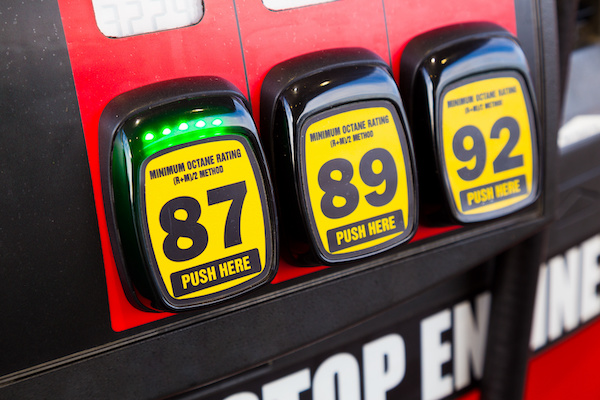
Every person has their methods and beliefs on how to get the best gas mileage. It's pretty tricky to know what holds true and what doesn't. STR Automotive is here to set the record straight -- we're going to be debunking some common myths about gas mileage that may shock you! Myth #1: You have to drive a small car to get good fuel economy. Advancements in the automotive industry such as hybrids, diesel engines, direct fuel injection, turbocharging, advanced transmissions, and low rolling resistance tires enable mid-sized vehicles to be very fuel economical. In 2014, about half of the top 10 most efficient vehicles were midsize or large cars. Myth #2: It takes more gas to start a car than it does to let it idle. Modernized engines start more efficiently. Idling can use a quarter to a half-gallon of gasoline per hour, which comes out to be around 1 to 2 cents a minute. Instead, turn off your engine when your vehicle is sitting still to save you those coins ... read more
Posted on 7/16/2021
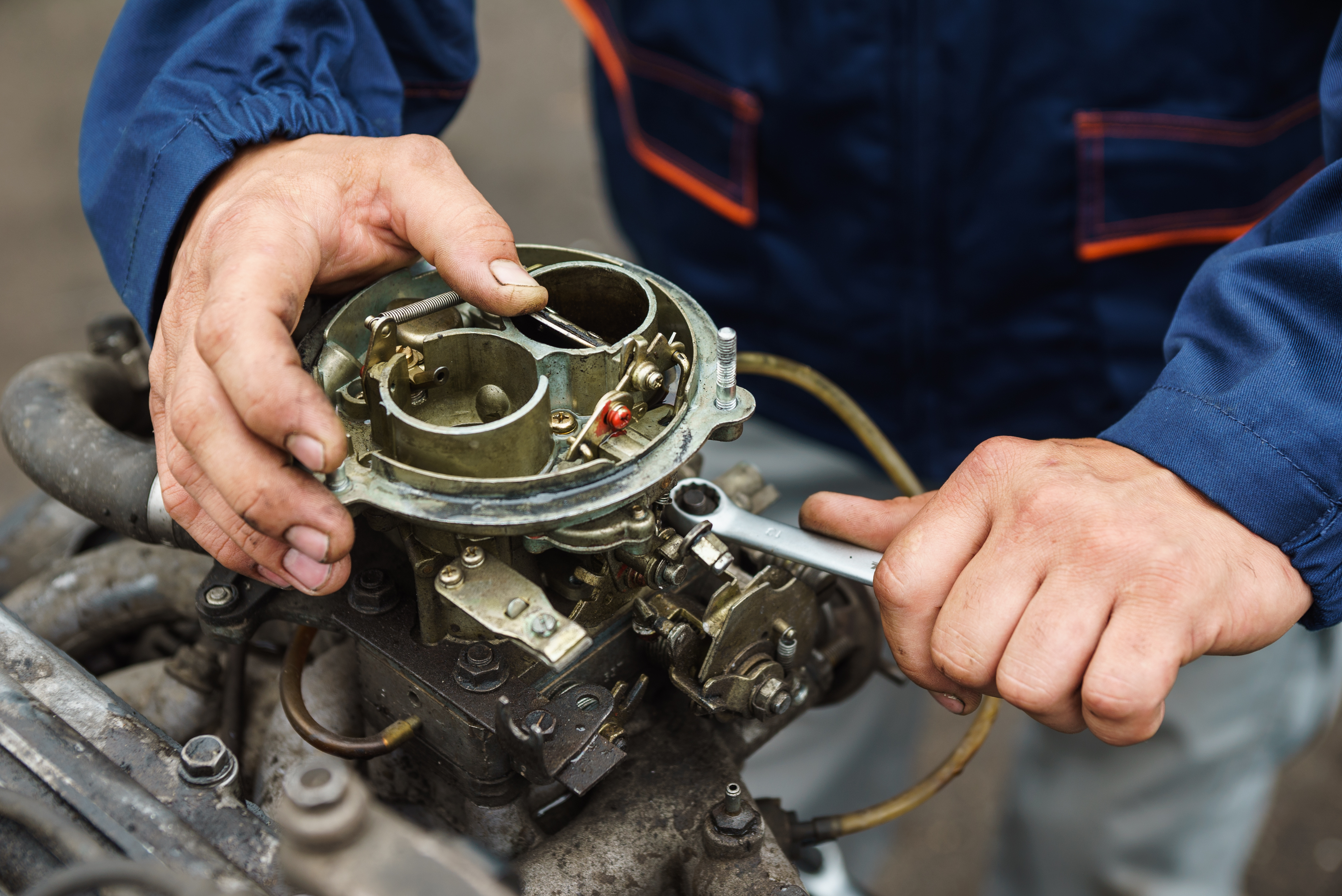
Your carburetor is responsible for combining the appropriate amount of fuel and air. There has to be a specific ratio of both maintained at all times, and the carburetor is one of the components that help achieve this balance. The carburetor is also responsible for controlling your engine speed. Three types of carburetors are used in modern vehicles today. They include a 1-barrel carburetor, a 2-barrel carburetor, and a 4-barrel carburetor. The type of engine your car has dictates the type of carburetor it needs. Higher-performing machines will typically require multiple carburetors to provide the right amount of fuel. Symptoms of a Failing Carburetor Lower Gas Mileage - If you’re getting poor gas mileage, it could be an indicator that your carburetor is taking in more fuel than necessary. Black Exhaust Smoke - If your car is burning extra gas, some of it can end up in your cylinders. As a result, it may come out of your exhaust pipe as a thick, bl ... read more
Posted on 6/28/2021
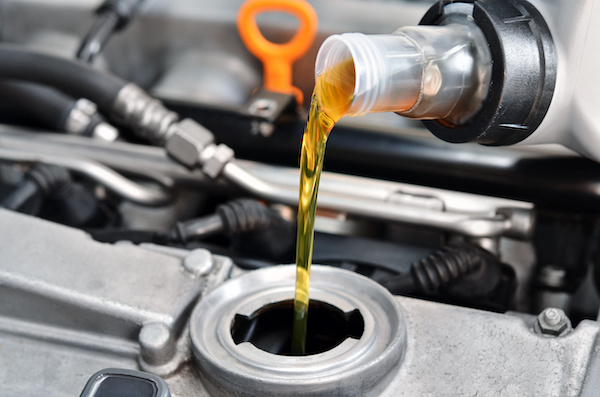
When it comes to vehicle maintenance, an oil change should be at the top of your list of priorities. Oil changes should be regularly done because they help increase your engine's longevity and significantly boost your car's overall performance. Clean motor oil provides better lubrication for the engine, which allows all its moving parts to move freely. Also, you will get the best of the best gas mileage when your oil is fresh. With all these fantastic benefits, you should never neglect an oil change. Top 3 Indicators That You Need an Oil Change Dark Colored Oil Fresh oil should have an amber color and be free of dirt and debris. However, over time the oil will collect pollutants from the engine. Therefore, you should check your oil levels at least once a month, using a rag and the yellow oil dipstick located near the engine. Wipe off the oil from the dipstick, put it back in, and remove it once again. The dipstick will indicate the level and quality ... read more
Posted on 5/25/2021
.jpeg)
When you start the engine of your car, the engine's temperature starts to go up. If its temperature is not regulated throughout your drive, the engine could overheat and cause serious damage. To prevent such an eventuality, modern cars come with automated cooling systems comprised of the radiator, the thermostat, and the fan. However, the cooling system can also malfunction over time. Here are some signs that your cooling system is in trouble: Rising Temperature Gauge This is one of the first signs that you will notice when the cooling system fails. If the temperature gauge is rising abnormally, it means that the engine is overheating, and the cooling system is not effective in keeping the temperatures low. Therefore, when you notice that your car's temperature gauge going up abnormally, you need to know that the engine could be overheating and seek the attention of our shop before the issue progresses. White Steam When the engine overheats, you might notice white smoke or ... read more
Posted on 4/26/2021
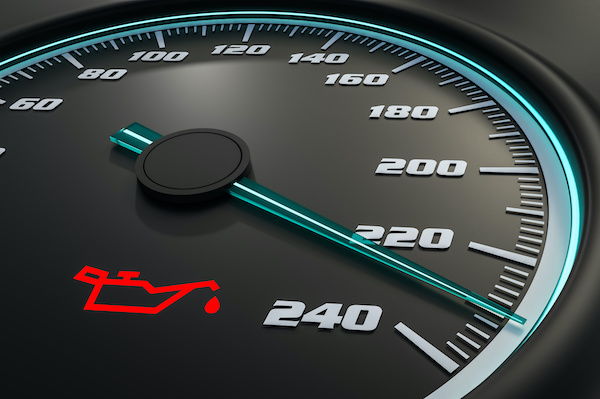
One wouldn't be surprised to learn that as technology has advanced it has advanced in vehicle manufacture as well, to improve the safety of drivers, passengers, and everyone on the road. Thus, it is important not to ignore your car's warning lights when they light up on the console. Ignoring warning lights in your vehicle can turn out to be costly and could lead to more serious problems. The computers in cars and other types of vehicles are there to make life easier for the driver also to ensure vehicle safety. Here is a list of warning lights vehicle owners should look out for: The Airbag Light: If the airbag light is illuminated it means there is a problem with one or more of the airbags in the airbag system and it means that in the case of a collision one of the airbags may not deploy. This is often an electrical problem. The Oil Light: If the oil light is illuminated it could mean that the oil in the engine is low or that the oil pump is not wor ... read more
Posted on 3/29/2021
One thing that is ever changing, is technology in cars. Manufacturers are constantly developing ways to improve the driver’s comfort, entertainment, and safety. Along with new features for the comfort of drivers and passengers, there’s also emerging technology going on under the hood. With the advent of the internal computer, cars are better than ever, and they continue to improve. The most recent development includes the advancing technology of car air conditioning systems and a new kind of refrigerant. This new refrigerant is said to help improve fuel efficiency while also greatly reducing the harmful effects placed on the environment. Here’s what’s changing, what you need to know, and who can help when your air conditioner needs service. Through the Years In the 1930’s through the early ‘90’s FREON, also known as R12, was used in all vehicle air conditioning systems. By the mid 90’s R12 was phased out and replaced by 134a refrigerant ... read more